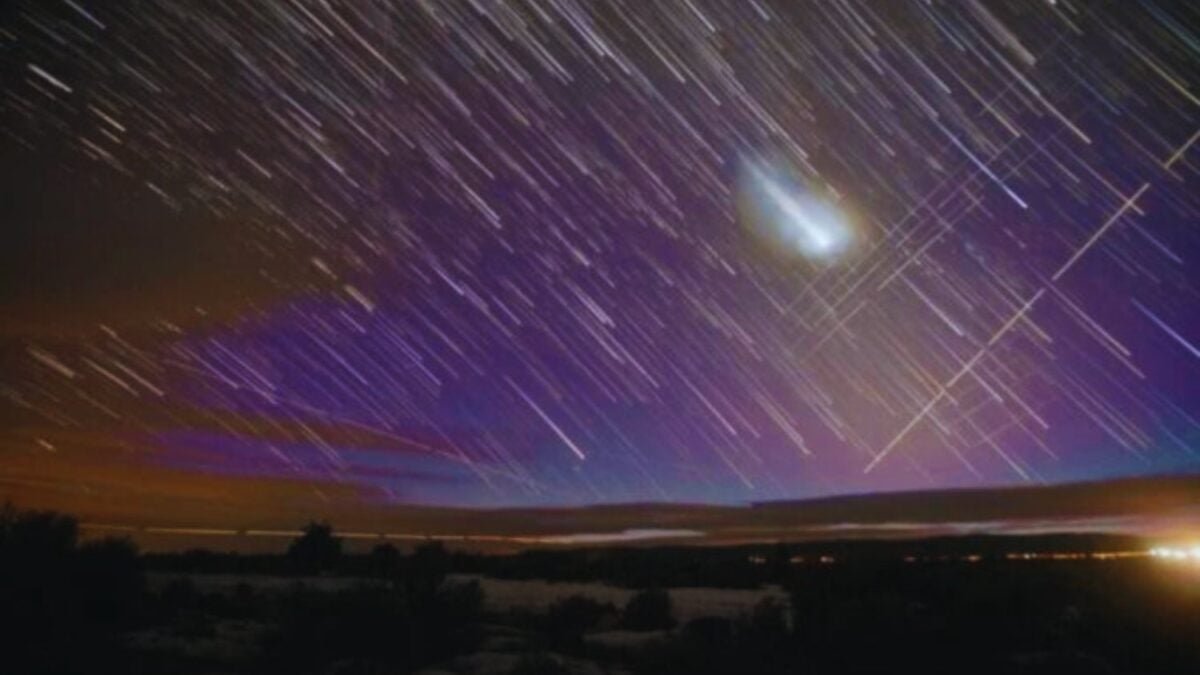The Future Unfolds in the Sky: Elon Musk’s Steel Giants to Launch in 2026.

For years, Elon Musk has been at the forefront of innovation. He has done so with his reusable rockets, electric cars traveling into space, and dreams of colonizing Mars. However, what he is set to launch in 2026 is not a new rocket or spacecraft: it is a fleet of steel giants that will transform the sky into a living network of data. These metal colossi will mark the beginning of the next era of global connectivity, where every byte traveling through the network will do so from Earth’s orbit.
### The new Musk constellation

Until now, satellite internet has been sufficient. It was fast, efficient, and capable of connecting thousands of rural areas where fiber optics would never reach. But Musk does not settle for “sufficient.” The new satellites will be four times heavier, reaching two tons each, and capable of increasing transmission capacity tenfold. Together, they will offer downloads of 1,000 Gbps and uploads of 200 Gbps, a bandwidth that surpasses even the most advanced terrestrial networks. There will be around 30,000 satellites, twenty times more than the previous models sent with the Falcon 9. And when they all turn on, they will form a network that covers every corner of the planet.
### From rockets to orbital machines
They may not be rockets, but they will change the course of space exploration. These satellites, almost as large as a bus, will carry more powerful antennas, better solar panels, and electric propulsion systems designed to move and correct their orbit without human intervention. The difference lies not only in power but also in autonomy. Each satellite will be able to coordinate with the rest of the constellation, adjusting its position as if they were a single moving metallic organism. This collective intelligence will prevent collisions, reduce latency, and keep the network balanced even in the face of solar storms or hardware failures.
### Internet from the sky
Connections will no longer depend on cables, towers, or fiber optics; a receiver pointing to the sky will be enough. If the plan is successful, gigabit speeds will be a reality even in the most remote areas of the planet. The dreaded “demand charge,” the price increase users face when too many are connected at once, will also disappear. In some U.S. states, families pay up to $1,000 more per year for this reason. With the new network, Musk promises enough capacity to absorb demand without saturation.
The other side of the coin is harder to swallow. Each new launch increases the metallic brightness covering the night sky. Astronomers have already warned that, when the V3 constellation is complete, tens of thousands of objects will orbit at less than 2,000 kilometers from the Earth’s surface. It will be an irreversible change: the sky will cease to be an empty space and become a highway of steel and radiation. Musk claims that the new satellites will be more efficient and less reflective, but the question remains: to what extent can we fill the sky without losing its silence?
Musk has said it more than once: “Earth is just the first step.” But before heading to Mars, he plans to wrap our planet in its own technological infrastructure. These satellites are not just satellites; they are the beams of an invisible architecture that will shape the economy, communication, and digital independence of the coming years. If he succeeds, the future will not come from Earth but from the sky. And when we look up, we will not see stars: we will see the reflections of the future orbiting above our heads.




